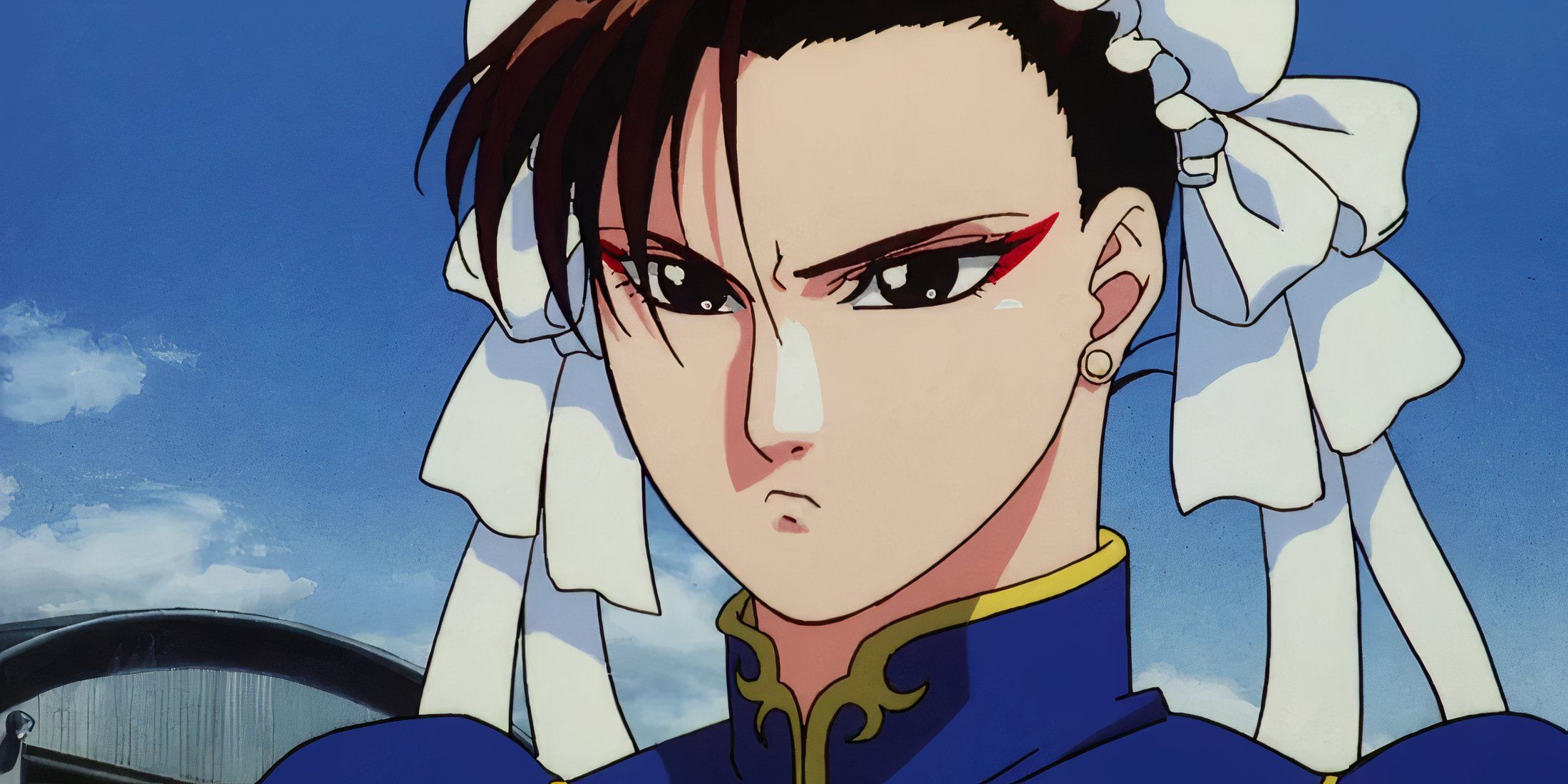
Summary
- The 90s video game successes were driven by multiplayer, accessibility, and media coverage.
- Doom made a profit in a single day and grew in popularity throughout the 90s.
- GoldenEye 007 and Mario Kart 64 were essential 90s games with massive sales success.
Growing up in the 90s as a gamer was something special. Things were just different back then, and what got people excited about games isn’t always the same now. We had so many ways to play – consoles at home, arcades buzzing with energy, and even portable systems we could take anywhere. Seriously, arcades were *huge* in the 90s, and a lot of the cool stuff we see in games today actually started there. It really shaped the gaming world!
Certain games from the 1990s achieved incredible popularity, far surpassing anything seen before. This success was driven by features like multiplayer options, how easy they were to pick up and play, and a lot of media attention. Let’s explore the most influential games of the 90s, looking at their sales figures and how successful marketing helped them stay popular for years.
Doom
Welcome To Hell
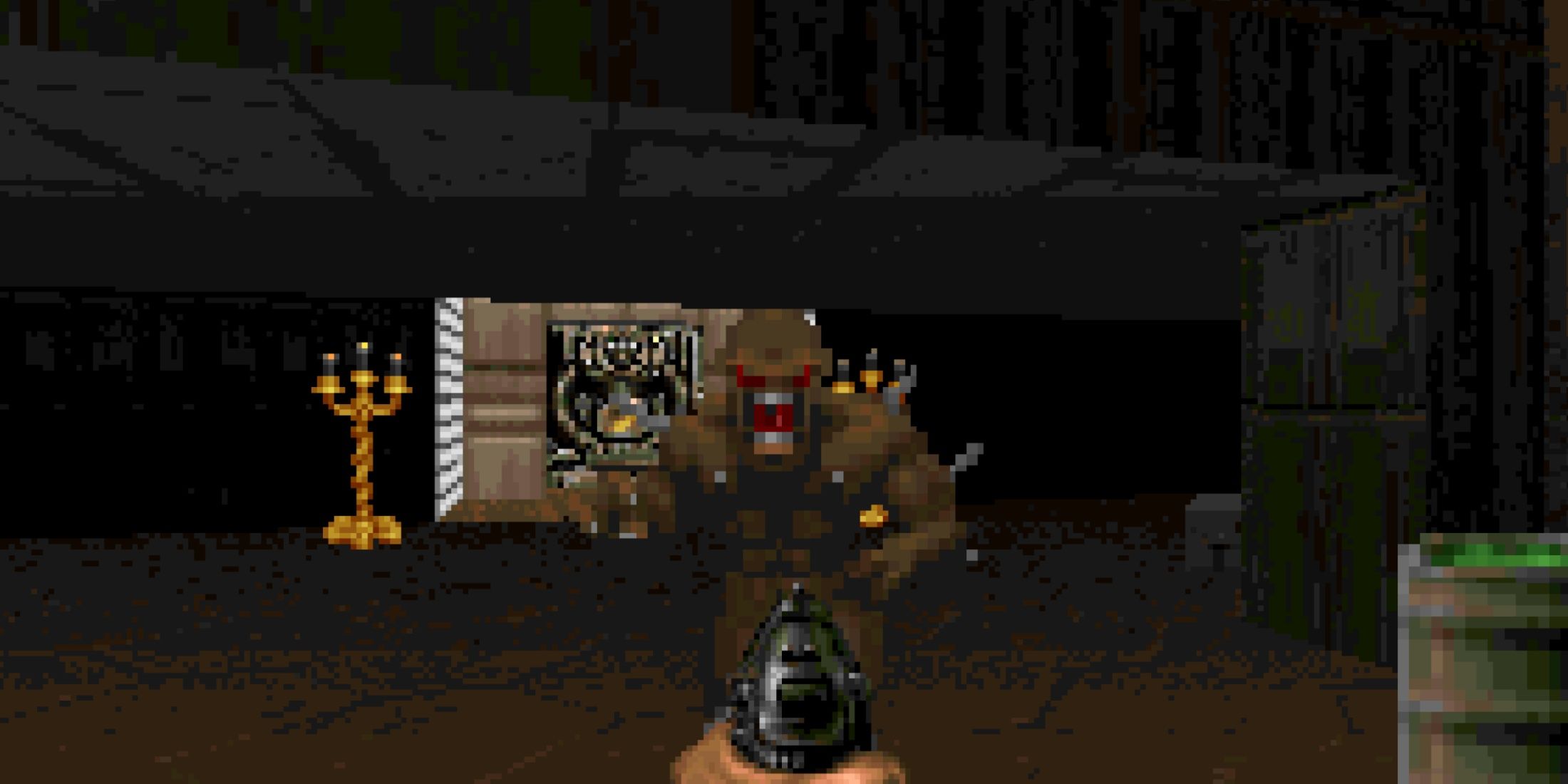
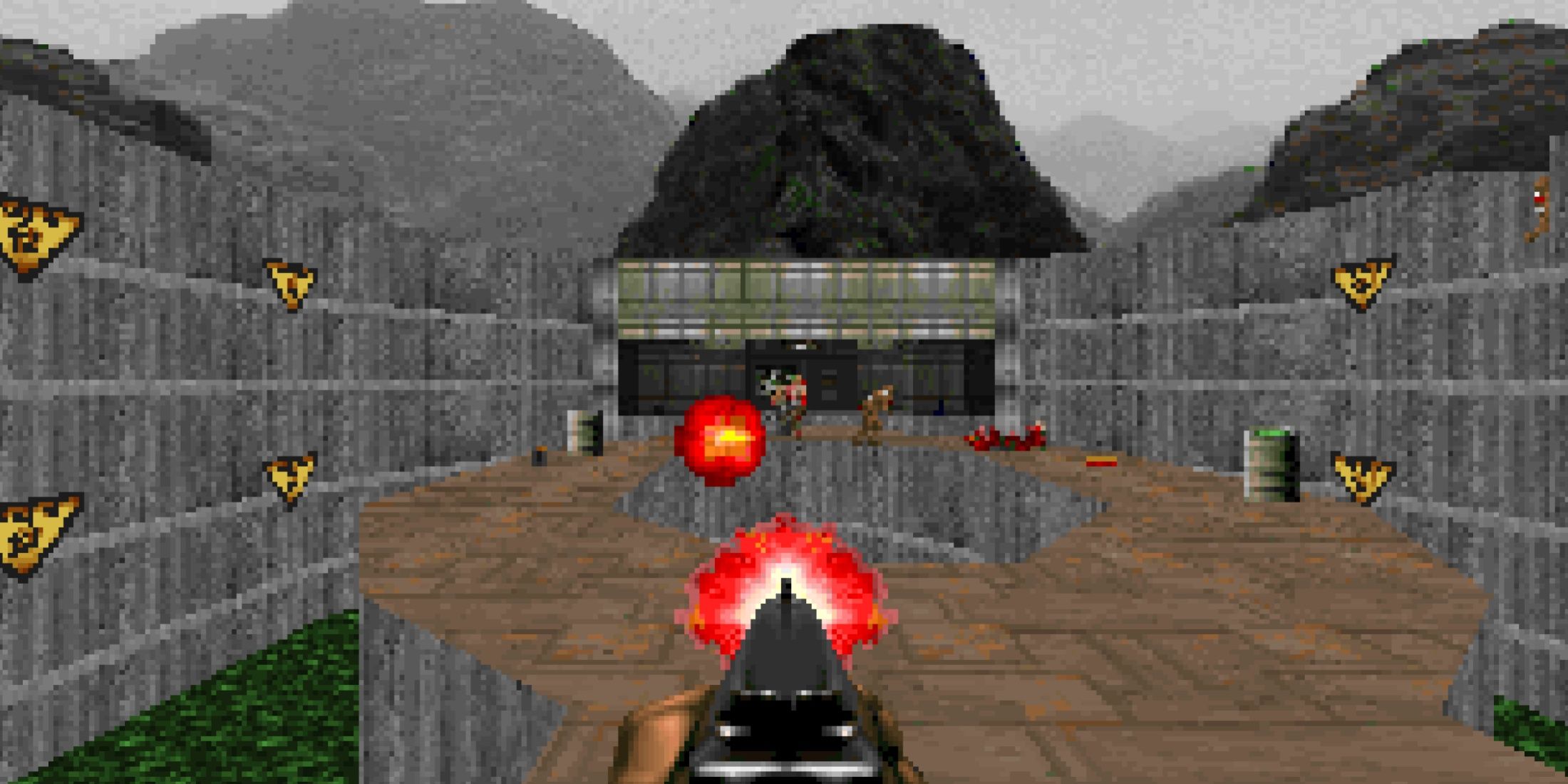
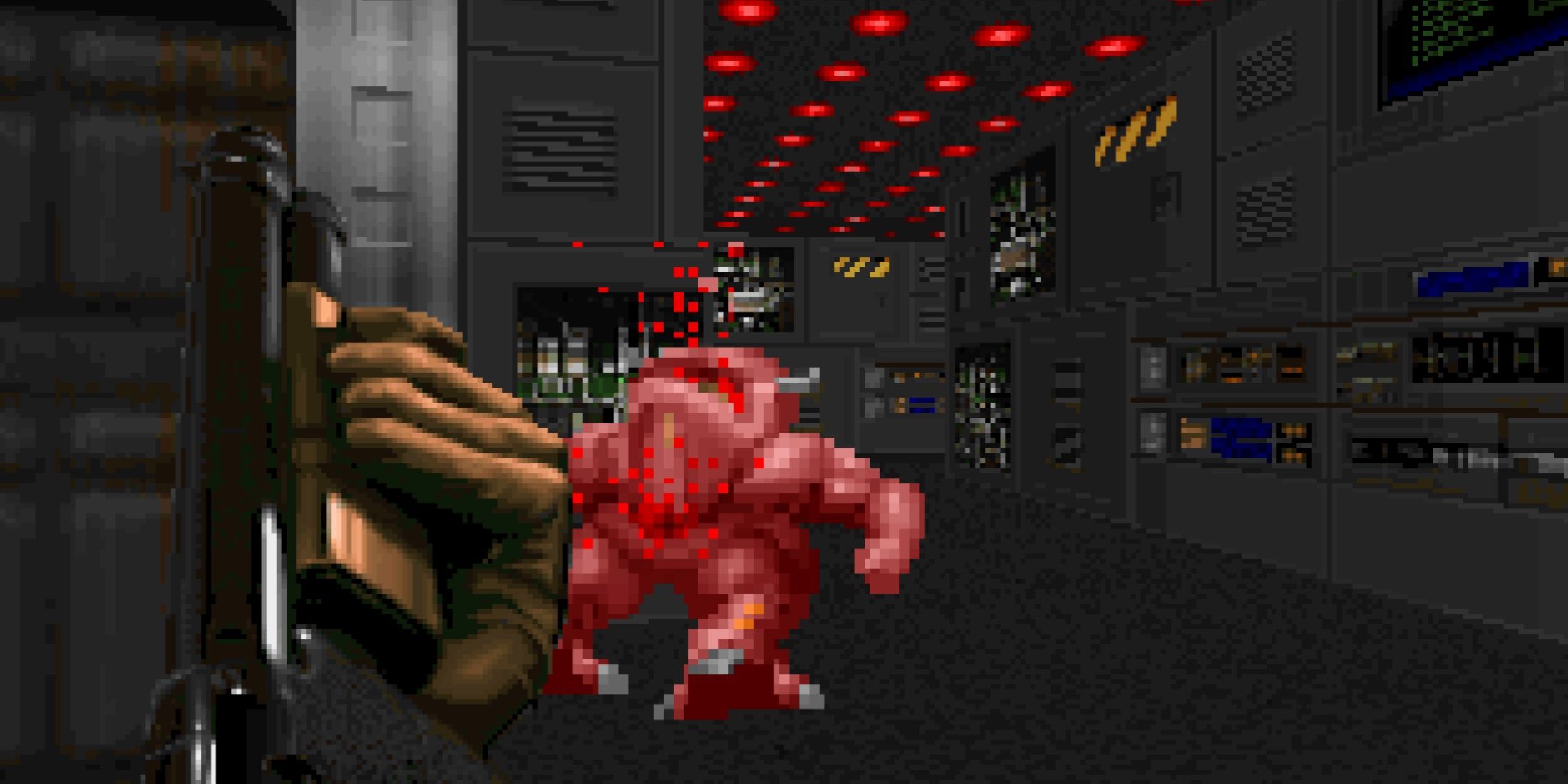
Released for MS-DOS in 1993, the game *Doom* quickly became a financial success, reportedly earning back its development costs on the very first day – a dream scenario for any game creator. In his 2003 book, *Masters of Doom: How Two Guys Created an Empire and Transformed Pop Culture*, author David Kushner details the game’s rapid rise and features interviews with its creators, John Carmack and John Romero.
It’s amazing that the game turned a profit on its very first day! Word spread quickly online, and people started creating versions for different systems. While a movie adaptation didn’t come until 2005, and merchandise was limited, that’s a testament to how popular *Doom* became – it didn’t *need* merchandise to succeed. Even today, the *Doom* series remains popular, though it hasn’t quite recaptured the intense excitement it generated in the 1990s.
GoldenEye 007
A Slumber Party Must


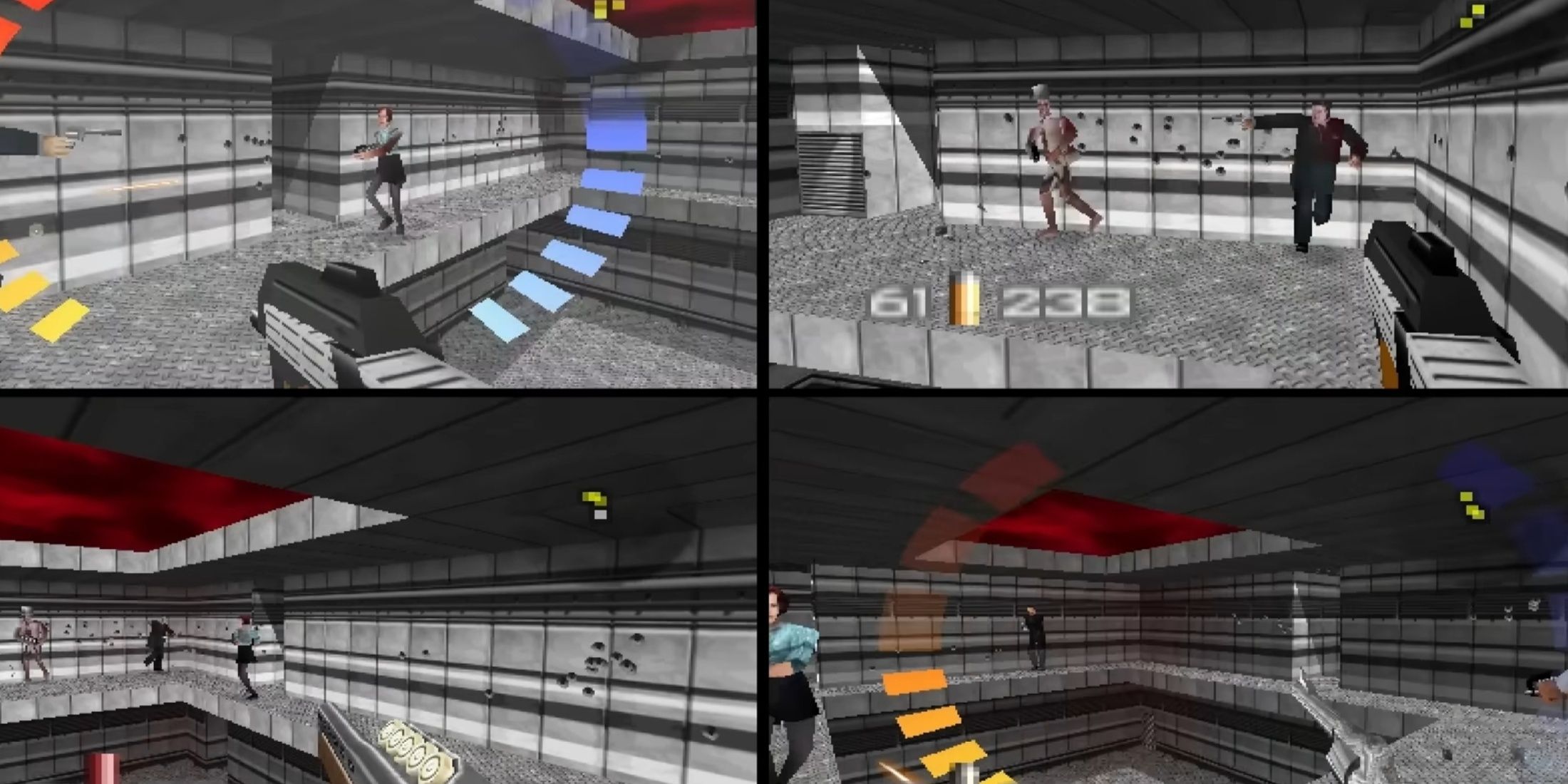
In the 1990s, very few first-person shooters rivaled *Doom* in popularity. One notable exception was *GoldenEye 007*, a game based on the *James Bond* film. Released in 1997 for the Nintendo 64, it quickly became a major success. A 2016 article from Mental Floss reported sales of around eight million copies, most of which were sold within the first few years of its release.
GoldenEye 007 quickly became a staple of sleepover gatherings due to its groundbreaking multiplayer mode. While Halo on the Xbox in 2001 eventually challenged its dominance in the console shooter world, GoldenEye 007 remained a favorite among Nintendo 64 fans – and still is today. It’s remembered fondly for its significant impact on console first-person shooter games.
Mario Kart 64
Racing Through The Charts
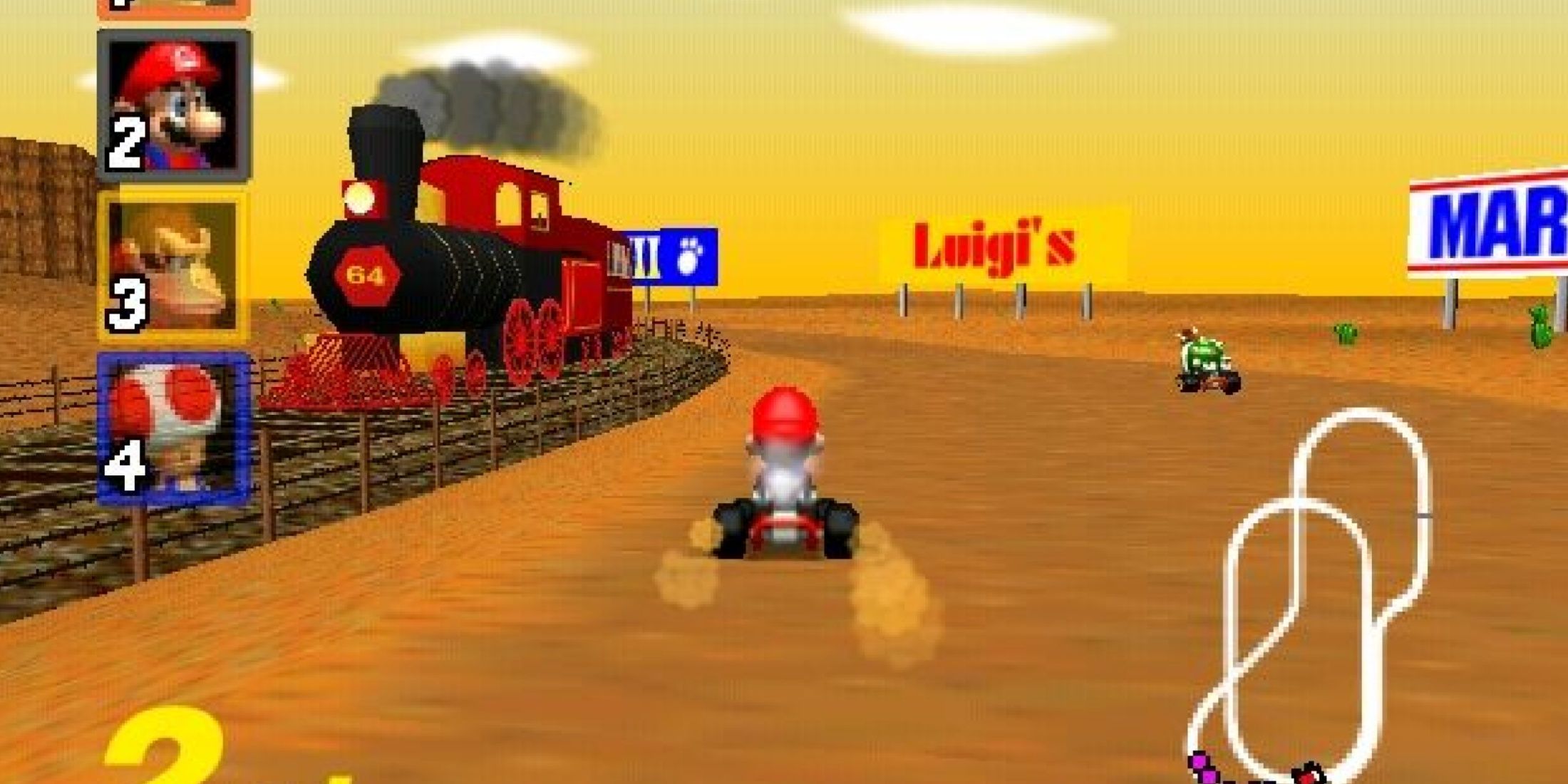

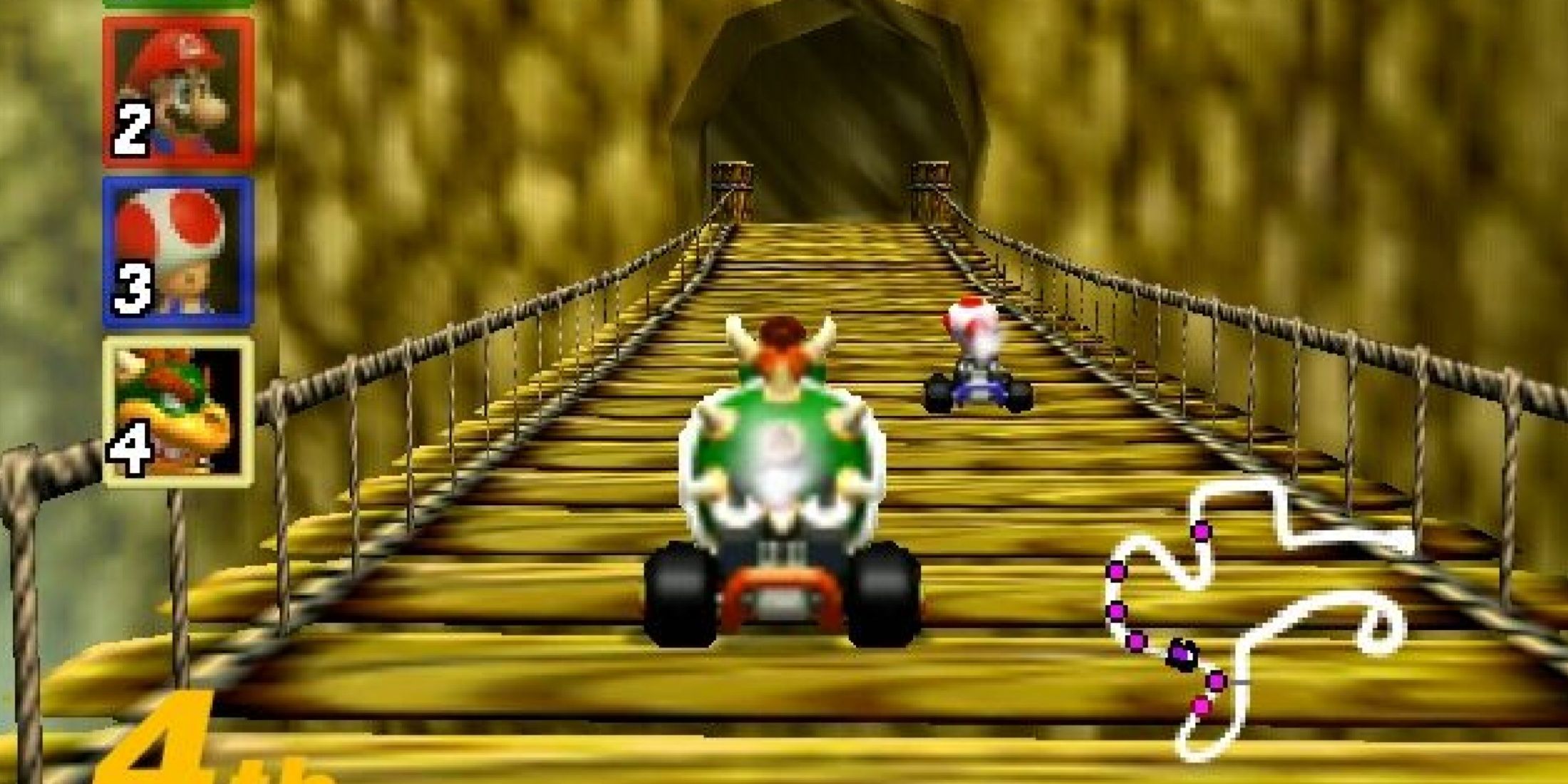
Alongside *Super Mario 64*, *Mario Kart 64* was another incredibly popular Nintendo 64 game that everyone wanted. While *Super Mario 64* was a bigger hit overall, *Mario Kart 64* still sold ten million copies – a fantastic number! More importantly, *Mario Kart 64* was much more fun with friends because everyone could play simultaneously, unlike *Super Mario 64* which usually involved taking turns.
Players were looking for a racing game with battle modes for up to four players that was even better than the original Super Mario Kart on the SNES. Before the DS version, Mario Kart 64 was the most popular game in the series, and many people still enjoy playing it today.
Mortal Kombat 2
A Series Of Kontroversies

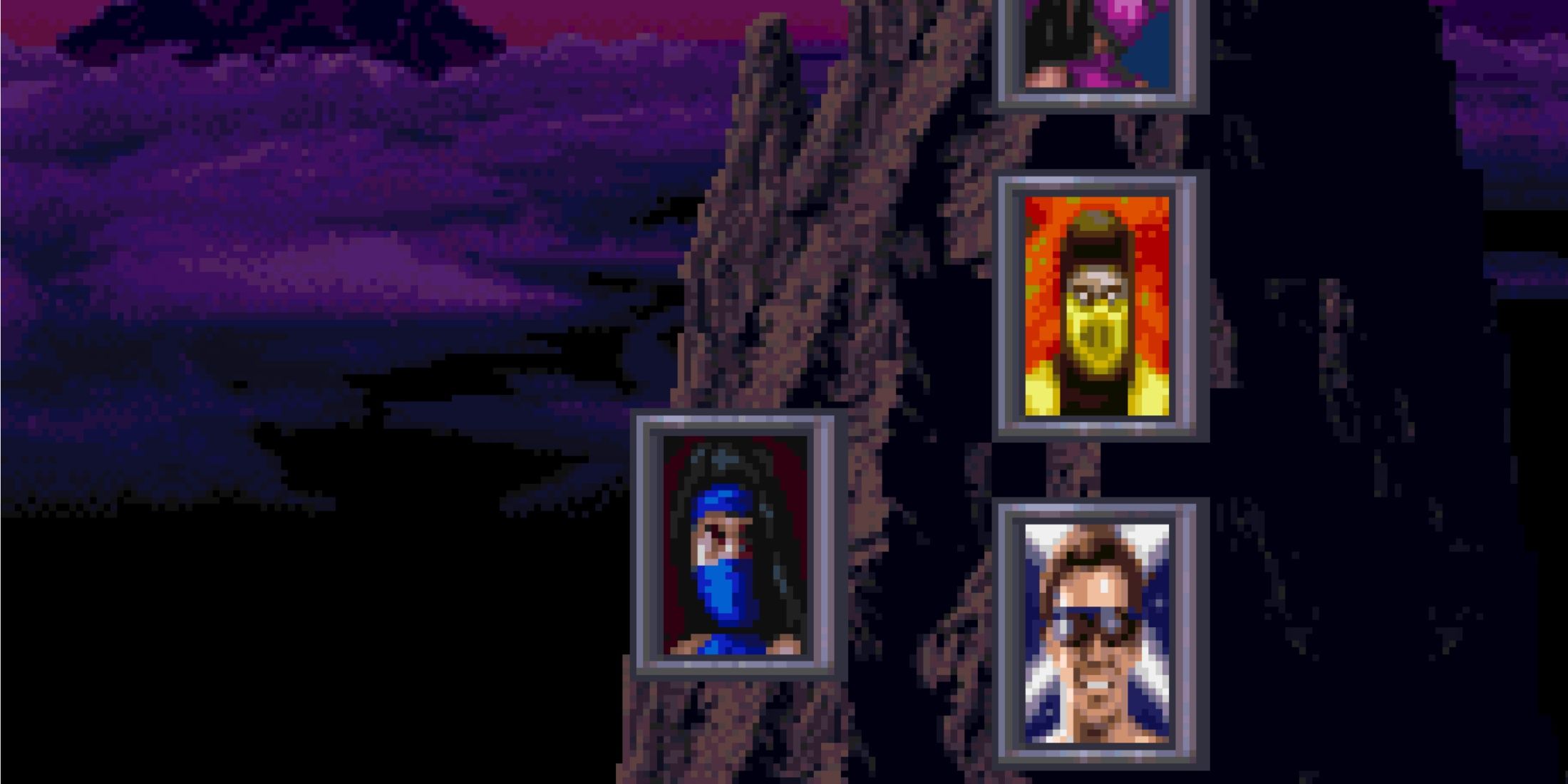

When *Mortal Kombat* first hit arcades in 1992, it quickly became a huge hit, and home console versions followed in 1993. The sequel, also released in arcades that year, was even more popular. Building on the success of the original, the developers ramped up what players loved – more characters and even more intense, bloody combat. This level of violence did lead to some legal challenges, but it didn’t damage the game’s overall popularity.
A US Gamer article looking at top arcade games revealed that *Mortal Kombat* had earned $600 million by 2002-and that was just from the game itself, not including revenue from merchandise. The game’s popularity quickly expanded beyond arcades, with a live-action movie released in 1995 followed by a sequel in 1997. A cartoon series, *Mortal Kombat: Defenders of the Realm*, also debuted in 1996. While not as well-regarded today, the cartoon demonstrates how rapidly *Mortal Kombat* grew into a major franchise in just a few years.
NBA Jam
From Downtown
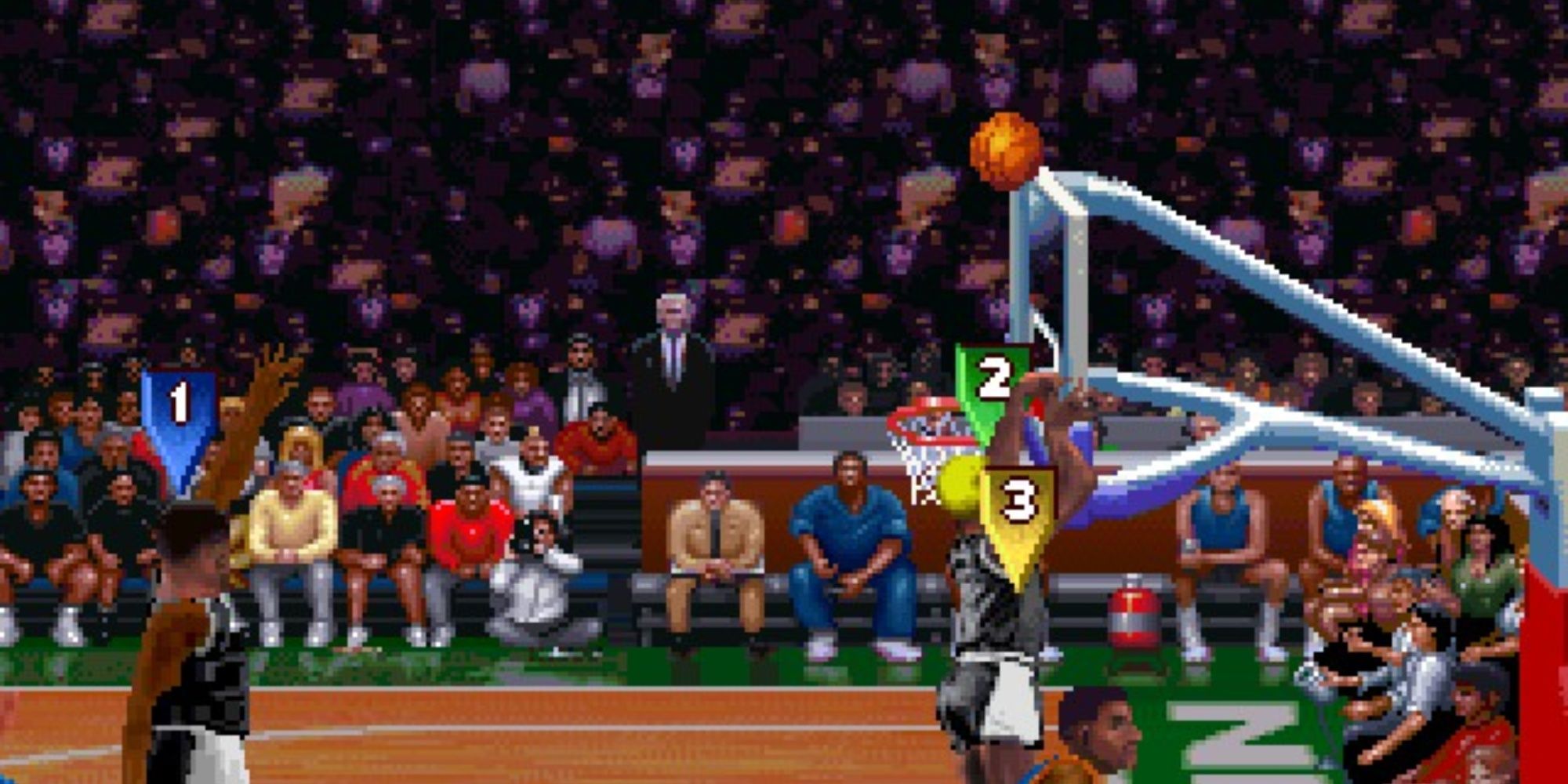
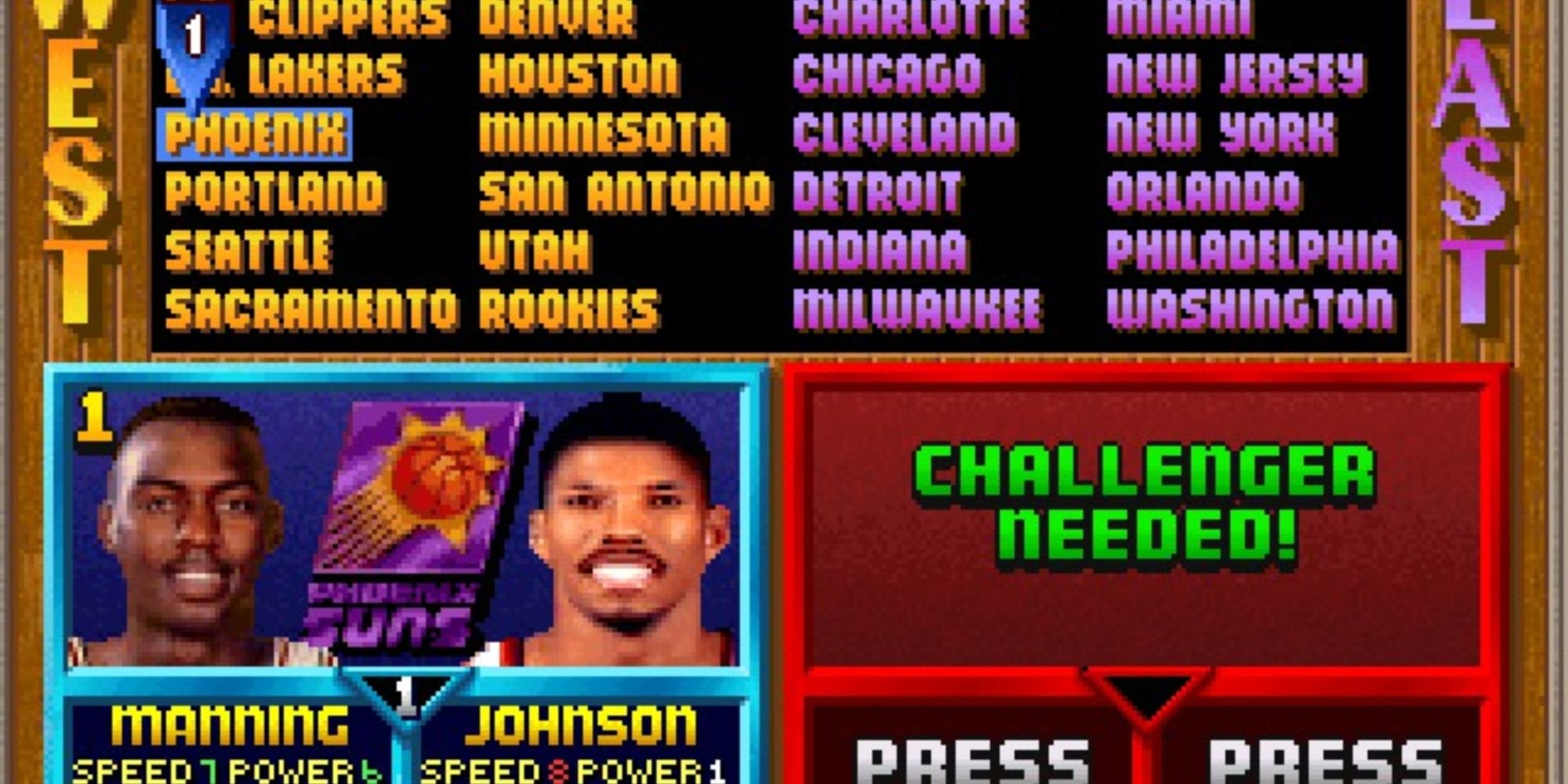

NBA Jam made basketball video games popular with everyone, even people who didn’t usually play sports games, because it was so easy to pick up and play. The game, which featured two players on each team, simply asked players to dunk the ball. It first appeared in arcades in 1993, and was then released on home consoles in 1994.
The sports arcade scene was ripe for a hit, and *NBA Jam* delivered, earning over a billion dollars by 1994. People couldn’t stop playing, leading to a follow-up game, *NBA Jam: Tournament Edition* in 1995, and several later attempts to bring the game back. However, the original *NBA Jam* from the 90s, particularly in arcades, remains the most popular installment in the series.
Pokemon Blue & Red
A Blitz On Parents Everywhere
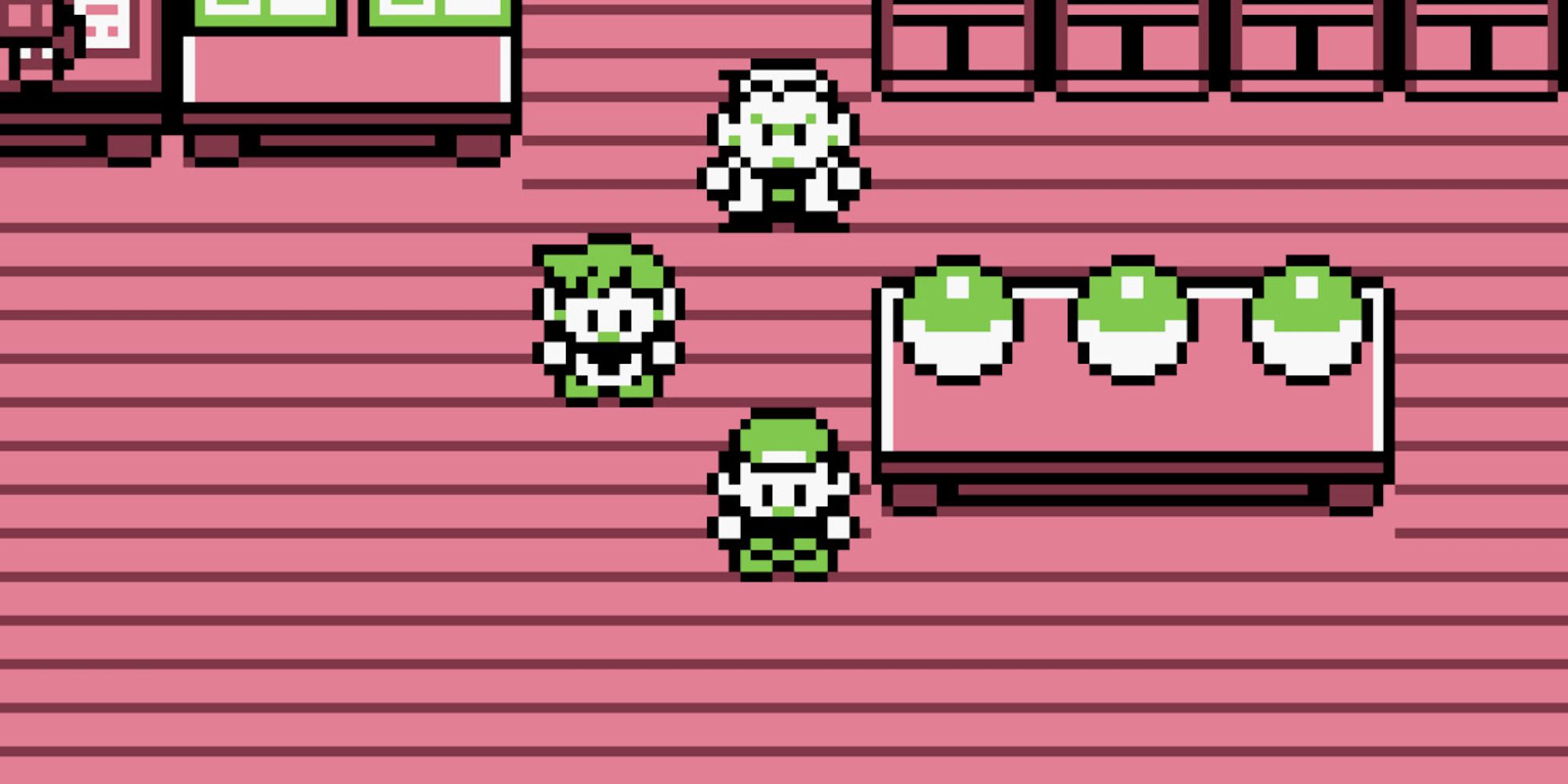


Pokémon is a prime example of a 90s phenomenon whose cultural impact goes far beyond its massive sales figures. It began in Japan in 1996 with the release of *Pokémon Green* and *Pokémon Red*. These games were later brought to North America in 1998 as *Pokémon Blue* and *Pokémon Red*. Alongside the Game Boy games, a range of merchandise, including trading cards, an animated TV series, and items like clothing and toys, quickly followed.
It seemed like everyone was playing these games – you’d see kids with them on the playground, on the bus, and all over town. The Game Boy made *Pokemon* especially popular because it was so easy to carry around. By 2016, the original *Pokemon* games had already sold over thirty million copies, and that didn’t include the many sequels that had been released by then, according to a HuffPost article.
Street Fighter 2
No Blood, But Still Successful
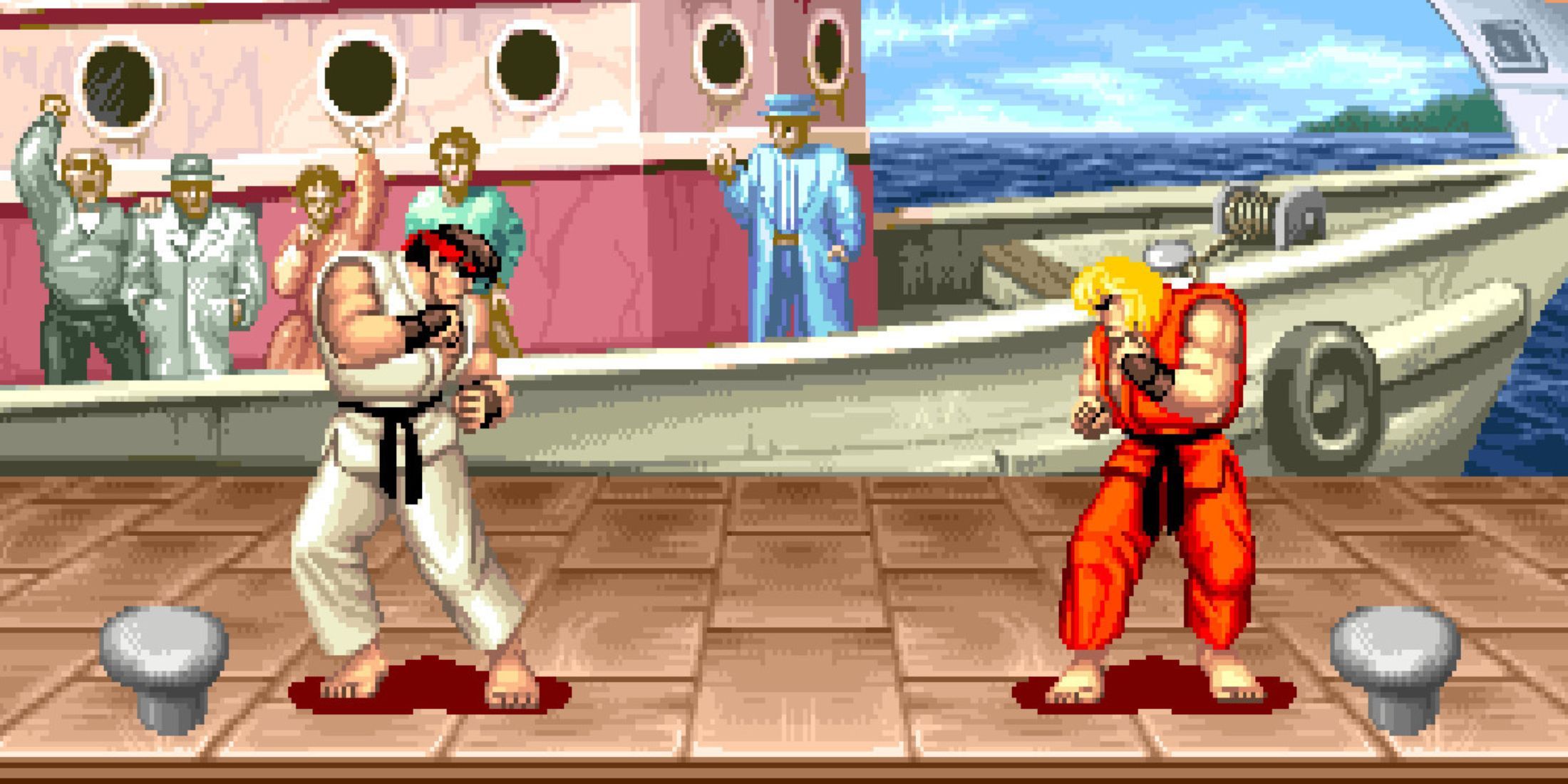


Street Fighter 2: The World Warrior is a defining game of the 1990s, remaining popular for years after its initial arcade release in 1991 and subsequent console versions in 1992. Its massive success led Capcom to create numerous updated editions, adding new characters like those found in Super Street Fighter 2: The New Challengers and Super Street Fighter 2 Turbo. A live-action movie came out in 1994, earning money but disappointing fans. The animated movie, also released in 1994, is now seen as a more accurate adaptation of the game. A cartoon series followed in 1995 and was later paired with Mortal Kombat: Defenders of the Realm in 1996.
No arcade was complete without *Street Fighter 2*, despite its many versions and how popular it became. Back in 1993, a UK magazine called Mega estimated that *Street Fighter 2* took up around 60% of all arcade revenue. Even without exact sales figures, that’s an incredible amount, proving just how dominant the game was. Kids growing up in the 90s were obsessed with moves like Ryu’s Hadouken and Chun-Li’s Spinning Bird Kick.
Read More
- Boruto: Two Blue Vortex Chapter 29 Preview – Boruto Unleashes Momoshiki’s Power
- All Exploration Challenges & Rewards in Battlefield 6 Redsec
- Upload Labs: Beginner Tips & Tricks
- Byler Confirmed? Mike and Will’s Relationship in Stranger Things Season 5
- Top 8 UFC 5 Perks Every Fighter Should Use
- Witchfire Adds Melee Weapons in New Update
- Discover the Top Isekai Anime Where Heroes Become Adventurers in Thrilling New Worlds!
- Best Where Winds Meet Character Customization Codes
- 8 Anime Like The Brilliant Healer’s New Life In The Shadows You Can’t Miss
- 2026’s Anime Of The Year Is Set To Take Solo Leveling’s Crown
2025-09-20 02:00